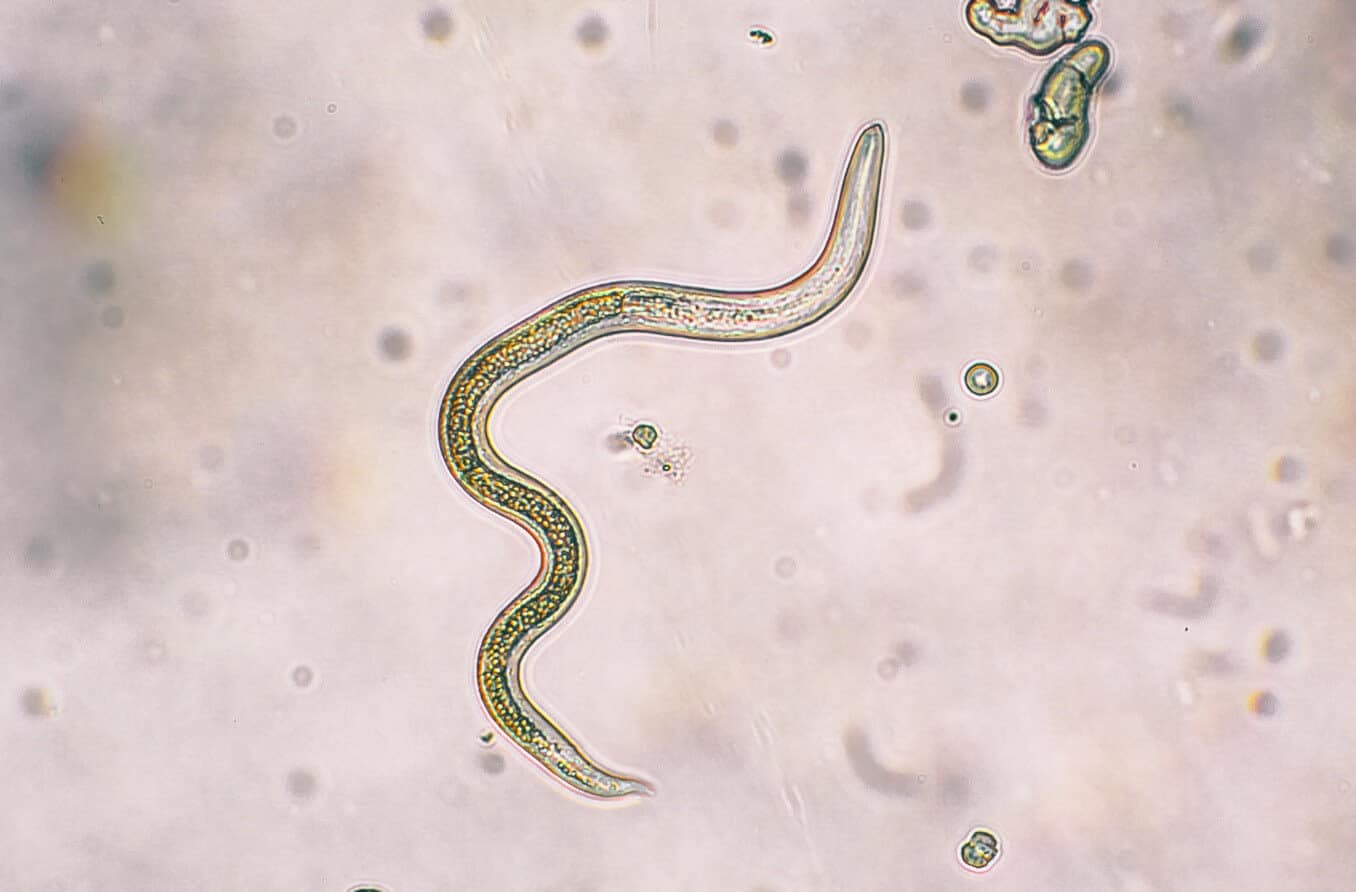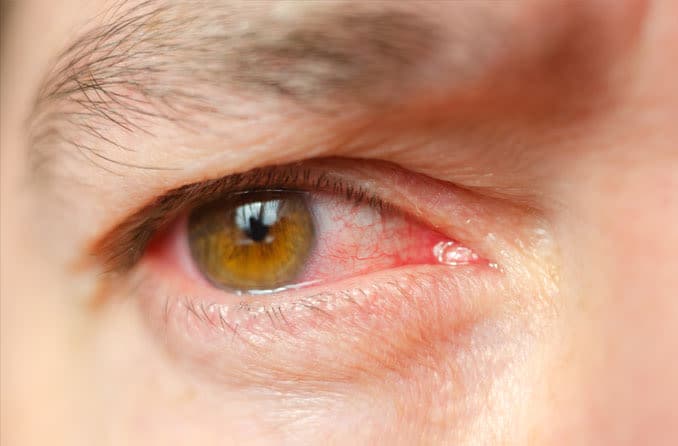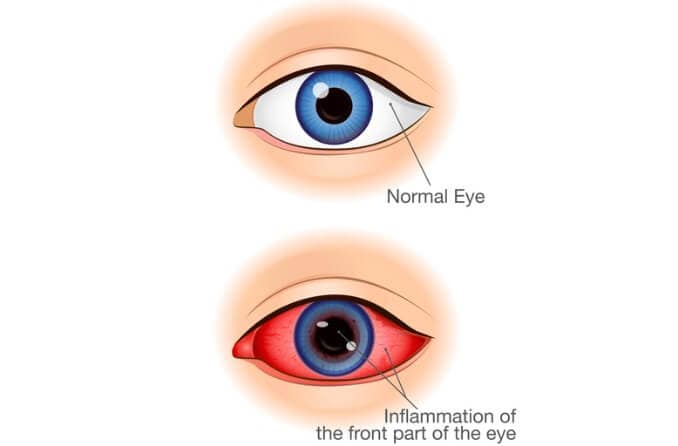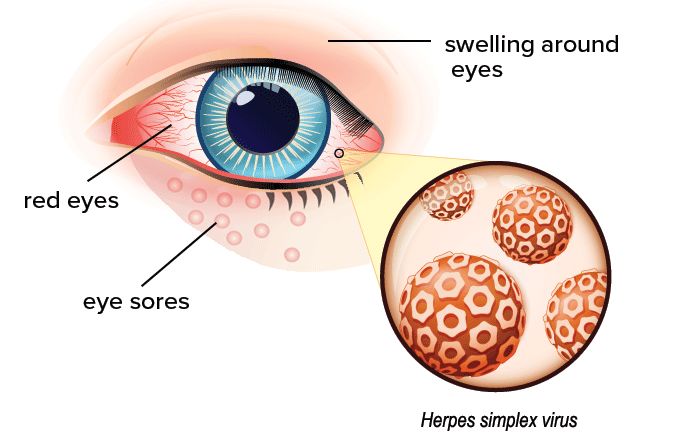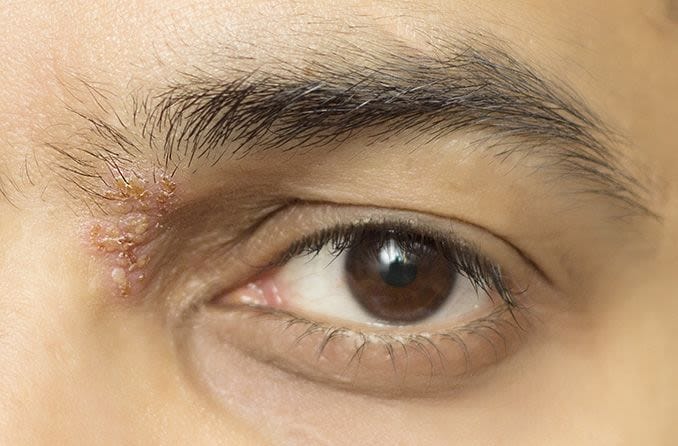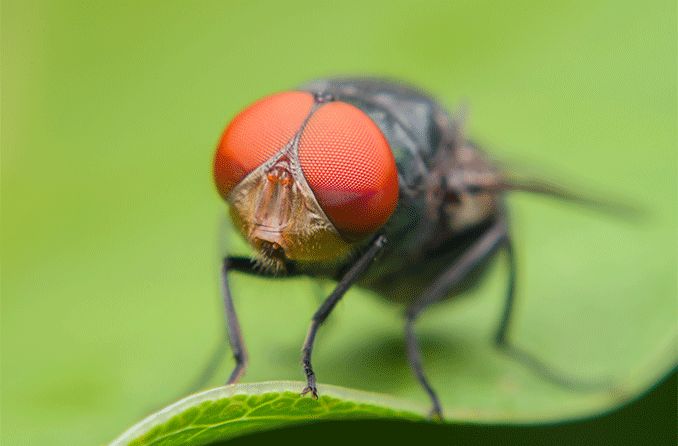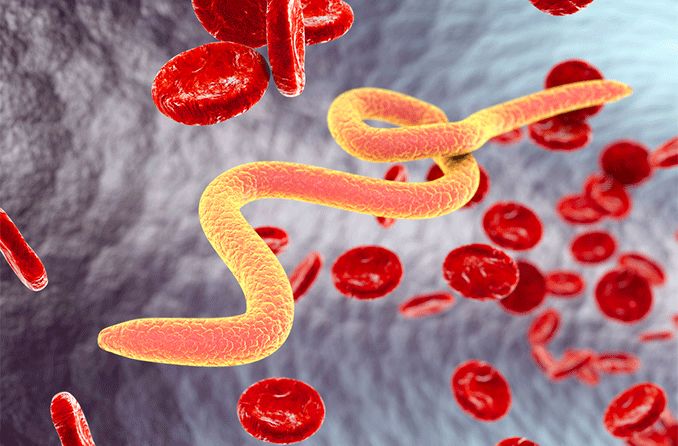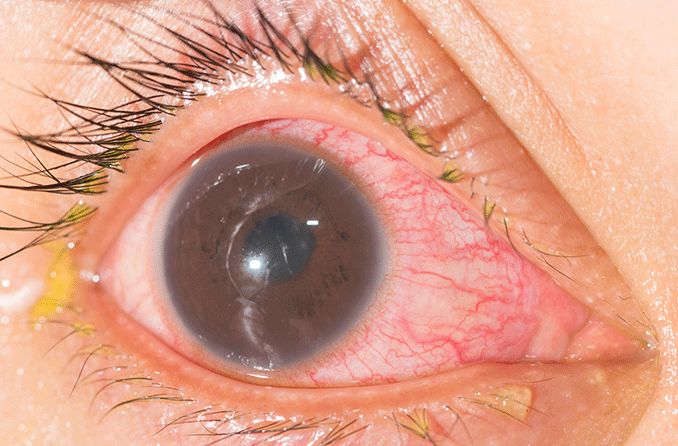What is toxocariasis?
Toxocariasis is a rare type of infection caused by roundworms that is transmitted from animals to humans. It can be a systemic infection, meaning the whole body is affected, and/or ocular, meaning the eyes are affected.
Most people exposed to toxocariasis do not have any noticeable symptoms. However, the infection may cause inflammation within the eye(s) of children and adults — something an eye doctor would discover during a comprehensive eye exam.
If not treated, toxocariasis can lead to permanent vision loss.
How you get toxocariasis
Humans contract toxocariasis from animals that are infected with Toxocara roundworm larvae and pass the larvae through their stool. You can get infected if you ingest that stool or any dirt contaminated with the larvae.
Once ingested, the eggs hatch in your intestines, enter your bloodstream and travel throughout your body. In most cases, you’ll eventually just pass the larvae in your own stool without experiencing any symptoms.
But if you ingest large quantities of the larvae, different parts of your body may be affected, including your eyes, lungs, liver and brain.
Risk factors
People at highest risk of developing toxocariasis are children and pet owners (primarily those with dogs). Specific risk factors include:
- Having or being exposed to young cats or dogs (especially puppies aged 2 to 6 months)
- Eating dirt
- Living in warm climates, where eggs can survive longer
- Playing, gardening or working in contaminated dirt or sand
- Eating fruit or vegetables that grow in contaminated soil
On very rare occasions, a person may get toxocariasis after eating raw or undercooked meat.
Types of toxocariasis
Toxocariasis may present in three different ways:
- Ocular – Affecting one or both eyes
- Visceral – Affecting organs throughout the body (also called systemic)
- Neurological – Affecting the brain, spinal cord and central nervous system
Ocular toxocariasis
When the roundworm larvae travel to the eye, it is referred to as ocular toxocariasis or ocular larva migrans. Ocular toxocariasis occurs most often in older children and adults, and in 90% of cases, only one eye is affected.
Your eye doctor may identify the following clinical signs or findings during an exam:
- Uveitis – Inflammation of the middle layer of the eye
- Retinal granulomas (inflammatory lesions or masses) in the posterior pole or peripheral retina
- Damage to the retina
- Endophthalmitis – Inflammation inside the eye
- Leukocoria – A white pupil
- Strabismus – Crossed eyes
You may experience the following symptoms:
- Blurred vision
- Photophobia – Sensitivity to light
- Floaters – Cell debris in the fluid of the eye
- Eye pain
- Vision loss
Most of the damage to the ocular system is a result of inflammation that happens when the larvae die. Any resulting vision loss depends on the severity and location of the infection.
Visceral toxocariasis
This is the systemic presentation that occurs most often in children younger than 3 years. Visceral toxocariasis occurs when the larvae travel through the body to organs such as the lungs, liver and heart. Also known as visceral larva migrans, signs and symptoms include:
- Fever
- Fatigue
- Cough
- Wheezing
- Pneumonia
- Abdominal pain
- Skin rash
- Enlarged liver
- Enlarged spleen
Though rare, long-term complications from visceral toxocariasis are possible. They can include:
- Myocarditis – Inflammation of the heart muscle
- Pulmonary fibrosis – Scarring and thickening of the lung tissue
Neurotoxocariasis
In the rare instance that the roundworm larvae invade the central nervous system, your brain and spinal cord may be affected. This is referred to as neurotoxocariasis.
Signs and symptoms include:
- Seizures
- Meningitis
- Encephalopathy – Damage to the brain that can affect a person’s mental state
- Cerebral vasculitis – Inflammation of the arteries and veins of the brain or spinal cord
Detection and diagnosis
About 5% of the U.S. population has Toxocara antibodies. This means millions of people have already been exposed to this parasite. However, most people do not have any symptoms, and will pass the parasite through their stool.
If symptoms of visceral toxocariasis are present, your doctor may do a special blood test to confirm their diagnosis. An ELISA test — which stands for enzyme-linked immunosorbent assay — checks your blood for antibodies to Toxocara. If you already have antibodies, then your immune system has previously responded to a toxocariasis infection.
Your doctor may also consider the following tests to aid in diagnosis:
- CT scans or MRIs to check for infection
- Biopsies to check for larvae in the tissues of the body
Ocular toxocariasis is not easily detected with blood tests. A comprehensive eye examination is necessary to evaluate ocular findings. This exam will include a dilated fundus exam that evaluates the retina. An ocular coherence tomography (OCT) may be used to take images of the optic nerve, macula and other retinal findings.
A comprehensive eye exam can also detect uveitis, strabismus, leukocoria and other ocular findings that may be present with toxocariasis.
Treatment
If no symptoms are present, no treatment is necessary. But in cases where treatment is needed, the main goals are to:
- Reduce inflammation
- Calm your body’s immune response
- Kill any larvae still living in your body
Depending on the severity of your infection, your doctor may prescribe medication or recommend surgery.
Medications
To kill roundworms present with visceral toxocariasis, your doctor may prescribe an antiparasitic medication such as albendazole or mebendazole. For severe inflammation and other symptoms, they may prescribe corticosteroids. They may also recommend antihistamines if you have a rash or itching.
For ocular toxocariasis, steroids are the most common form of intervention. Topical steroids are typically used to minimize inflammation, but injections and oral corticosteroids may also be prescribed. The pupil is often dilated using cycloplegic agents to minimize discomfort that can result from uveitis.
To prevent vision loss, it is critical to get proper treatment and follow all instructions for your care.
Surgical treatment
About 25% of patients with ocular toxocariasis require surgery, either to remove larvae or treat eye problems resulting from the infection. Issues that may need surgical treatment include:
- Retinal hemorrhage – When blood vessels in the eye bleed
- Detached retina – When the retina pulls away from the tissue that supports it
Surgical procedures may include:
- Vitrectomy – The surgeon removes the vitreous (the gel-like substance in the eye) and replaces it with a saline solution.
- Laser photocoagulation – The surgeon uses a laser to kill the larvae.
- Cryotherapy – A surgeon uses freezing temperatures to treat granulomas (inflammatory lesions) that may form in the retina.
The success rate of surgery ranges from 83% to 100%.
Prevention
The good news is that it’s possible to prevent toxocariasis. One of the most important things you can do is wash your hands frequently with soap and water.
You should also:
- Teach your children the importance of washing their hands, especially after petting an animal and picking up after a pet.
- Take your pets to the vet for regular checkups, and have them tested and treated for worms as needed.
- Clean your pet’s crate and bedding often.
- Bury your pet’s waste or dispose of it in the trash (and wash your hands afterward!).
- Teach your children that it’s dangerous to eat dirt. Also, talk with a doctor if you or your child suffers from pica, an eating disorder that causes a person to eat non-food substances.
- Make sure sandboxes are covered so animals don’t use them to go to the bathroom.
- Wash fruits and vegetables before you eat them.
- Make sure meat is fully cooked before you eat it.
When to see a doctor
Even though toxocariasis is rare and often harmless, it is important to see your doctor if you or your child experiences any of the symptoms described above. Children are particularly at risk if they play in the dirt or with pets, so it’s critical that you teach them to practice proper handwashing techniques.
Getting your annual comprehensive eye exam is also very important, as it gives your eye doctor the chance to identify any clinical signs that may not cause noticeable symptoms.
Remember: Ocular toxocariasis can cause vision loss if not diagnosed and treated.
